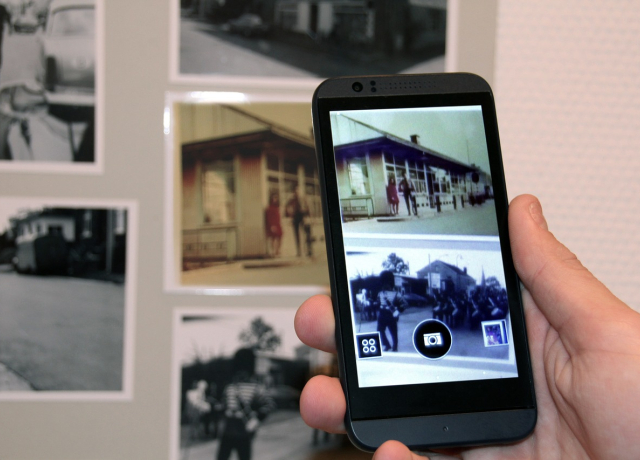Digitised Experiences Enhance Understanding and Appreciation of Cultural Heritage
Digitised Experiences Enhance Understanding and Appreciation of Cultural Heritage
Digitally empowered museum exhibitions, virtual tours through historic buildings and mobile access to arts and culture have given a new dimension to heritage exploration. While visiting physical cultural monuments and institutions remains the most common way to engage with the past, history and local traditions, technology has introduced a great degree diversity into experiencing heritage. During the 2016 European Heritage Days, we have seen examples of this in Thessaloniki, where festival visitors could explore the city’s archaeology through a smartphone quest, as well as in Yerevan, whose virtual map of urban heritage was physically recreated through the Other Yerevan walk event.
Such blends of modern and traditional, digital and ancient, offer new interpretations of heritage and help revive it in a more memorable way. Technology can thus enforce engagement with cultural heritage and provide more exciting experiences, as confirmed in a new research paper by King et al. Titled Experiencing the Digital World: The Cultural Value of Digital Engagement with Heritage, the paper summarises the findings of a pan-European survey which analysed the ways technology can improve heritage experiences. Based on responses of over 100 heritage professionals and other individuals, the survey revealed key ways in which digital tools enhance people’s experience with cultural heritage:
- Providing additional and/or more in-depth information or to stimulate a process of finding out more;
- Opening up new areas, such as collections not on display, or to visitors with different needs, such as access needs or for international visitors that did not speak the language of the domestic setting;
- Encouraging input from visitors, and the possibility for dialog with collections, exhibits, and curators;
- Encouraging a new type of close relationship with the history in question through greater interactivity, which in turn could lead to increased levels of engagement.
These four advantages of technology open a truly rich set of opportunities for both cultural institutions to present their offering, and for heritage explorers to gain a better understanding of their traditions, environment and heritage. As outlined in the paper, “digital means enable the co-production of exhibitions, oral histories, and other forms of display and archives based on personal remembrance, recollection, and interactivity.” The result is an enhanced two-way engagement with heritage and facilitated access to various cultural assets that would otherwise be available to a limited audience.
Revealing predominantly positive attitudes towards the use of technology for heritage exploration, the survey findings illustrate the massive potential of this practice. In addition to supporting heritage conservation through 3D recreations of ancient artefacts, virtual reconstructions of historic buildings and digitisation of historic documents, technology also has an important role to play in making all these assets more relevant and more accessible to present-day generations.
